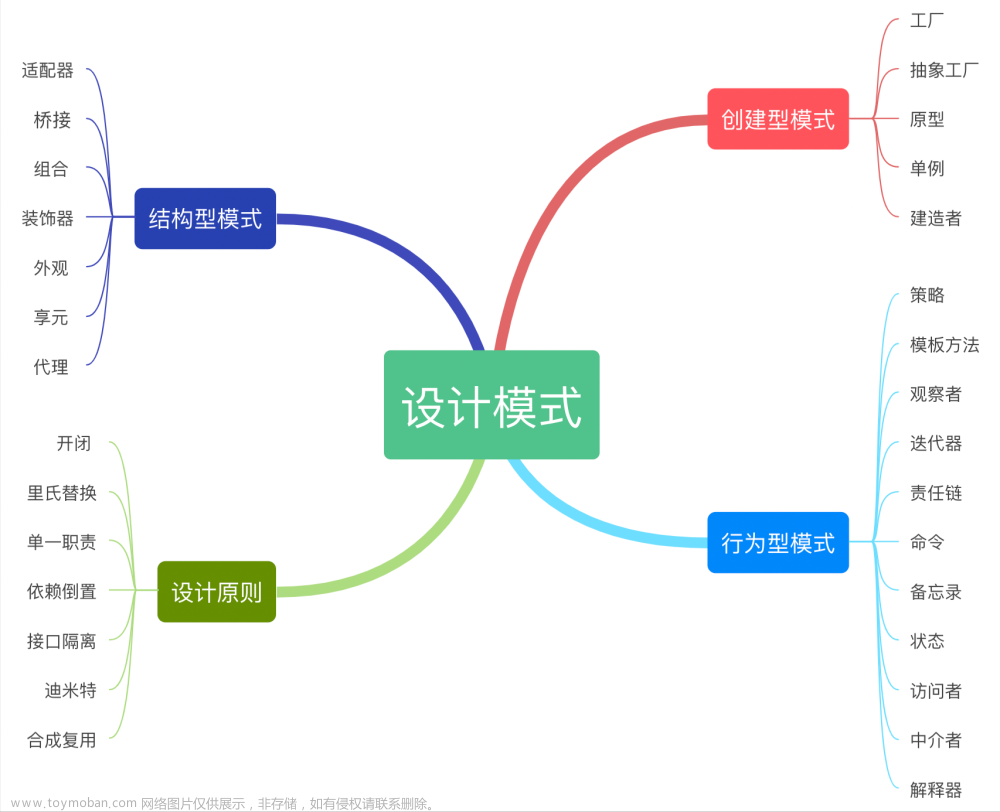Explainable Predictions
Explainable Predictions refer to the practice of designing ML models in a way that enables humans to understand and interpret the rationale behind their predictions. This is particularly important in domains where the decisions made by ML models have real-world consequences, such as loan approvals, medical diagnoses, and autonomous driving. By making predictions more explainable, stakeholders can gain insights into why a certain decision was made, which in turn fosters trust and accountability.
One key aspect of Explainable Predictions is the use of interpretable models. While complex models like deep neural networks can achieve high predictive accuracy, they often operate as "black boxes," making it challenging to understand how they arrive at their predictions. In contrast, interpretable models, such as decision trees and linear regression, offer transparency by providing clear rules and feature importance rankings that can be easily interpreted by humans. By employing interpretable models, practitioners can enhance the explainability of their predictions without sacrificing too much predictive performance.
Why Explainability Matters:
Imagine being denied a loan without knowing why, or receiving a targeted ad based on seemingly irrelevant data. The lack of explanation breeds distrust and unfairness. Explainable predictions tackle this challenge by providing insights into how models arrive at their outputs. This transparency benefits everyone:
- Users: Gaining trust in recommendations and decisions.
- Developers: Detecting and fixing biases and errors in models.
- Businesses: Building more reliable and accountable systems.
Pattern in Action:
Explainable predictions aren't a one-size-fits-all solution. The design pattern encompasses various techniques, tailored to different models and scenarios. Here are some popular approaches:
- Model-agnostic: These methods work across models, like feature importance (analyzing which features impact predictions the most) and LIME (generating interpretable rules on why a prediction was made).
- Model-specific: Certain models offer inbuilt explainability features. For example, decision trees naturally show the branching logic leading to predictions.
- Counterfactuals: Imagine asking "what if?" scenarios. Techniques like Shapley values quantify how each feature contributes to a prediction, aiding in understanding what could have changed the outcome.
Beyond Explanations:
Explainability is just the first step. The ultimate goal is to build responsible AI systems that are fair, unbiased, and reliable. This requires:
- Identifying potential biases: Analyzing data pipelines and training sets to ensure fairness.
- Monitoring and auditing models: Continuously tracking performance and detecting issues over time.
- Communicating effectively: Presenting explanations in a clear and understandable way for stakeholders.
Putting it into Practice:
Implementing explainable predictions isn't just about choosing the right technique. It's about fostering a culture of responsible AI throughout the development process. Here are some key considerations:
- Start early: Integrate explainability from the design phase, not as an afterthought.
- Collaborate with diverse stakeholders: Involve different perspectives to ensure explanations are meaningful and accessible.
- Choose the right tool for the job: Different models and scenarios require different explainability methods.
- Communicate clearly: Tailor explanations to the audience, avoiding technical jargon and focusing on actionable insights.
Conclusion:文章来源:https://www.toymoban.com/news/detail-818459.html
Explainable predictions aren't just a technical challenge; they're a fundamental shift in how we approach AI development. By shedding light on the black box, we build trust, foster responsibility, and pave the way for truly ethical and accountable AI systems. So, the next time you face an unexplained prediction, remember, there's a world of explainability waiting to be explored. Let's work together to bring clarity and trust to the magic of machine learning.文章来源地址https://www.toymoban.com/news/detail-818459.html
到了这里,关于ML Design Pattern——Explainable Predictions的文章就介绍完了。如果您还想了解更多内容,请在右上角搜索TOY模板网以前的文章或继续浏览下面的相关文章,希望大家以后多多支持TOY模板网!



![生成器设计模式(Builder Design Pattern)[论点:概念、图示、示例、框架中的应用、场景]](https://imgs.yssmx.com/Uploads/2024/01/410797-1.png)
![观察者设计模式(Observer Design Pattern)[论点:概念、组成角色、相关图示、示例代码、框架中的运用、适用场景]](https://imgs.yssmx.com/Uploads/2024/02/424092-1.png)







